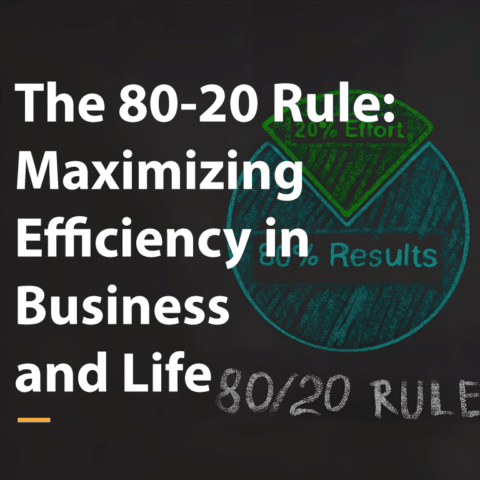Contents
The ebb and flow of the economy is a dynamic dance, and sometimes, it takes a downturn. Economic recessions, characterized by reduced consumer spending, increased unemployment, and a general slowdown in economic activities, can cast a shadow over various aspects of our lives. However, within these challenges lies a silver lining understanding how Prices in a Recession shift. In this article, we will explore the nuances of what typically gets cheaper during a recession, drawing insights from historical downturns and economic shifts.
Highlights
- In economic downturns, reduced consumer spending prompts discounts and promotions on non-essential items like gadgets and furniture, reflecting a shift in purchasing priorities and a decline in demand.
- Recessions impact the housing market, leading to a significant drop in property values. Historical data, such as the 2008 financial crisis, shows a peak-to-trough decline of approximately 30%, providing opportunities for homebuyers and investors.
- Central banks, responding to economic downturns, adjust interest rates to stimulate economic activity. During the 2008 recession, the U.S. Federal Reserve’s rate cuts aimed to encourage borrowing, influencing various aspects of Prices in a Recession, from mortgages to personal loans.
Read more: Recession Watch 2024: Where Do We Stand Now?
Consumer Goods and Electronics
As the waves of a recession crash against the shores of consumer confidence, one noticeable change is the shift in purchasing priorities. Non-essential items, from the latest gadgets to stylish furniture, often see a decline in demand. As consumers tighten their belts, retailers respond by offering discounts and promotions to entice hesitant buyers. During the 2008 financial crisis, the U.S. Bureau of Labor Statistics reported a 0.4% drop in the Consumer Price Index for All Items in the fourth quarter of 2008 and 0.1% in the first quarter of 2009. This decline reflected the reduced cost of living as retailers adjusted Prices in a Recession to align with the economic downturn.
Real Estate Prices in a Recession
The housing market, a cornerstone of economic stability, experiences a seismic shift during recessions. The 2008 financial crisis saw the collapse of the housing market bubble, leading to a substantial drop in property values. In the United States, the Case-Shiller Home Price Index revealed a peak-to-trough decline of approximately 30% from 2006 to 2012. This presented a unique opportunity for homebuyers and investors to enter the market at more favorable terms, seizing the chance to own property or expand their real estate portfolios amidst shifting Prices in a Recession.
Interest Rates
Central banks, the maestros of monetary policy, play a crucial role in orchestrating responses to economic downturns. One of their key instruments is the adjustment of interest rates. During the 2008 recession, the U.S. Federal Reserve conducted a symphony of rate cuts, lowering the federal funds rate from 5.25% in August 2007 to a historic range of 0% to 0.25% by December 2008. This bold move aimed to encourage borrowing and stimulate economic activity, influencing Prices in a Recession. Similar measures were implemented by central banks worldwide, providing consumers with the opportunity to access credit at lower costs, from mortgages to personal loans.
Travel and Tourism
The wanderlust that fuels the travel and tourism industry often takes a backseat during economic downturns. As consumers reevaluate discretionary spending, airlines, hotels, and other travel-related businesses respond with enticing offers. During the 2008 recession, airfares dropped, hotel room rates became more affordable, and travel packages emerged as a means to lure vacation-seekers back into the market. For those with an adventurous spirit and a budget-conscious mindset, recessions present an opportune time to explore new destinations without breaking the bank amidst fluctuating Prices in a Recession.
Stock Prices in a Recession
The stock market, a barometer of economic sentiment, experiences turbulence during recessions. The 2008 financial crisis saw a significant decline in stock prices globally, with the S&P 500 plummeting by about 57% from October 2007 to March 2009. Yet, within this tempest lay opportunities for savvy investors to navigate Prices in a Recession. Those who weathered the storm and strategically invested during the downturn were poised to reap the benefits of the subsequent bull market that emerged.
Conclusion
As we navigate the unpredictable seas of economic downturns, it’s essential to recognize the patterns that emerge in Prices during a Recession. While recessions bring challenges, they also create opportunities for those willing to seize them. From more affordable consumer goods and real estate to lower interest rates and travel bargains, individuals and investors alike can strategically position themselves to weather the storm and emerge stronger on the other side. In the complex tapestry of the economy, understanding these dynamics allows us not only to survive recessions but to thrive in the face of adversity, leveraging the changes in Prices during a Recession.








